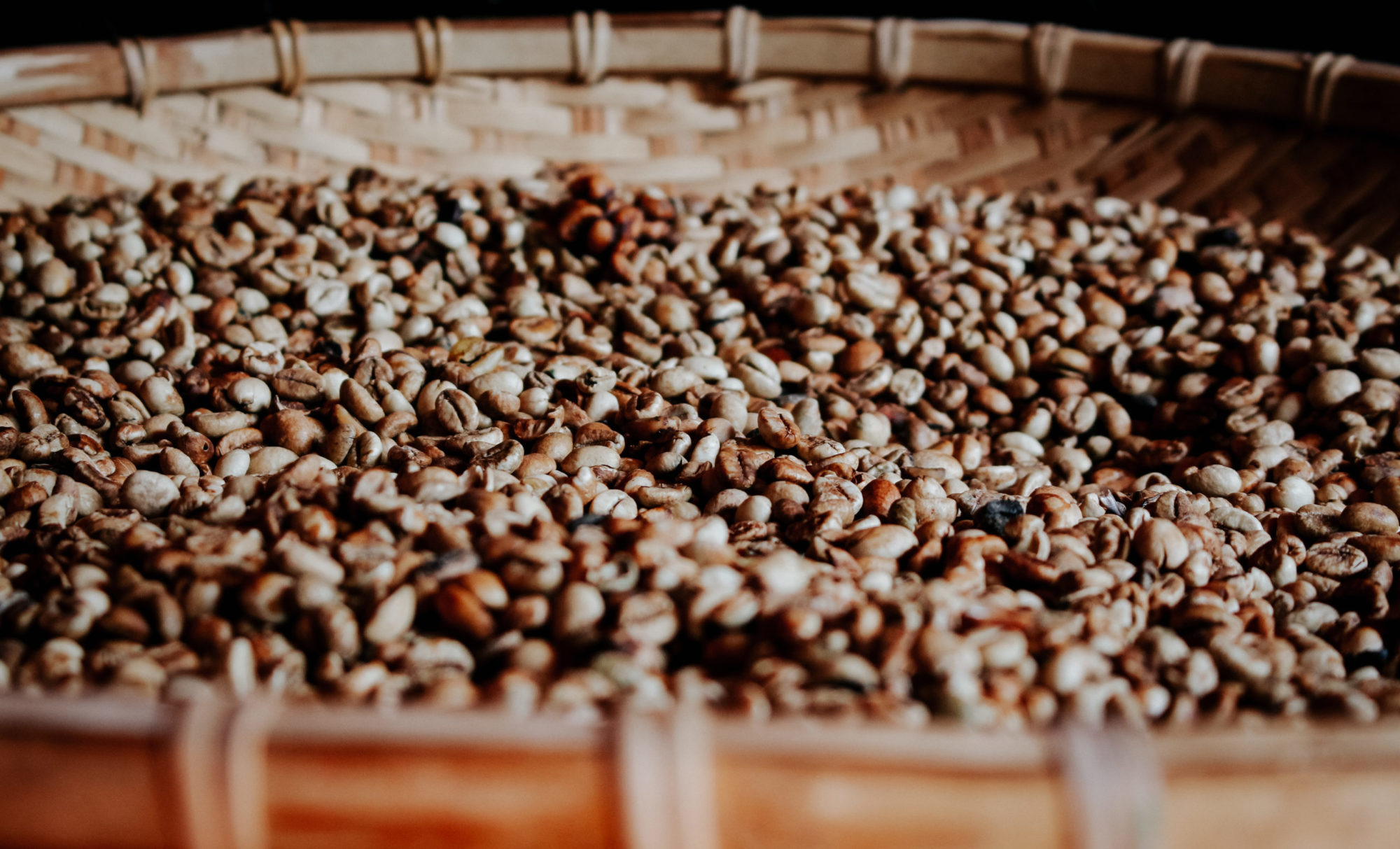Globally, 450 million cups of coffee are consumed each and every day. As a daily necessity for people around the world, it’s a highly traded commodity. To support the incredibly high demand for coffee, growers have turned to agricultural methods that are threatening local resources and harming biodiversity.
What’s the real environmental impact of your daily cup of coffee?
How Is Coffee Grown?
Before they become the dark, aromatic coffee beans we know and love, our beans have quite a journey. They come from bushes that produce red cherries, from which green pods are extracted. Those green pods are fermented, dried, and milled before being sent to a roastery and turned into a usable, unique coffee drink for our enjoyment.
Coffee bushes thrive in a tropical climate. The highest exports come from Brazil, Vietnam, and Colombia.
The Environmental Impact of Sun-Grown Coffee
The Brazilian coffee industry is immense, with more than 300,000 farms spread throughout the country. To meet the high demand of the industry, traditional shade-grown methods of cultivating coffee are being edged out in favor of sun-grown coffee.
Shade-grown coffee is better for the local environment because it enhances biodiversity, reduces the need for pesticides, cools the forest floor, and prevents soil erosion. Not to mention, shade-grown beans actually taste better and have fewer human interventions than sun-grown coffee.
Sun-grown coffee requires empty land, and the percentage of deforestation related to agriculture in Brazil is only rising. While the benefit of sun-grown coffee is a higher yield, the entire ecosystem suffers. Without the intersection of other native plants, the crop becomes a monoculture which, over time, depletes nutrients from the soil and exhausts the land.
Without a diverse array of plants, the same wildlife and pests stick around without any natural predators. This increases the likelihood of pesticide, herbicide, and fertilizer use, which negatively impacts the health of the local population and the planet.
Coffee Processing and Water Usage
We’ve all seen the devastating effects of drought in the last decade. Increased forest fires and low access to potable water are global issues that climate change is only exacerbating. Creating a single cup of coffee utilizes 140 liters of water in the farming process. On the processing side, wet milling beans harms local waterways. The process releases contaminants into water sources, which create toxic bacteria. Plus, the wastewater releases methane into the atmosphere as it evaporates, perpetuating climate change.
In Central America, 90 percent of the surface water is contaminated, and coffee wastewater is partially to blame. An enormous migration of people from Guatemala to the United States is taking place in part due to the declining availability of natural resources like safe water.
The Environmental Impact of Coffee Roasting
The environmental impact of the coffee industry isn’t exclusively limited to its country of origin. Roasting coffee, which many specialty coffee roasters do in small batches, has a pretty severe impact on air quality all around the globe.
Particulate matter, volatile organic compounds, and some toxic compounds like formaldehyde are released during the roasting process. Emissions controls and air permits are legally required for roasters of a certain size to help quell the damaging effects of these air pollutants, but there isn’t a perfect solution that completely protects the air.
Roasting coffee beans isn’t an energy-free process and a substantial amount of electricity is needed to make the beans usable. Just roasting one cup’s worth of beans can consume 1.94 megajoules, which is similar to having a 100-watt lightbulb on for approximately 5 hours. There are some eco-friendly roasters that aren’t as consumptive on the market, which makes each cup a little more sustainable.
Sustainable Coffee Production
Certifications like Rainforest Alliance offer a solution to many of the environmental issues faced by the coffee industry. The organization focuses on preserving biodiversity and ensuring sustainable livelihoods for farmers in order to avoid humanitarian issues and positively impact local ecosystems.
The Rainforest Alliance certification in particular has shown notable progress in the quality of coffee growing regions. A study in Ethiopia showed that forest density and other environmental indicators of health are more prominent in areas where farms hold the Rainforest Alliance certification, as opposed to non-certified farms.
Certifications aren’t a perfect solution, but they do enhance the quality of the environment and regulate farming practices that would otherwise go unchecked. Other certifications like Fair Trade and Bird Friendly verify some environmental indicators as well.
Some coffee roasters have certifications like B Corporation or Climate Neutral to help mediate the effects of their production process. Dean’s Beans made the world’s first carbon-neutral coffee with their Peruvian varietal by measuring everything from planting to cupping. Larry’s Coffee, another B Corporation, helps offset their production with solar passive facilities that feature rainwater harvesting, zone heating, and biodiesel use.
The Future of Coffee
To protect the future of coffee for all, it’s imperative that as consumers, we’re mindful of what we’re purchasing. By supporting coffee companies that prioritize fair or direct trade, environmental certifications, and sustainable practices that benefit people and the planet, we can push the needle and protect the coffee industry for decades to come, all while reducing the environmental impact of our cups.
- What is COP26? Your Guide to the Largest Conference on Climate - November 9, 2021
- Climate Change and Mushrooms: Here’s How Fungi Can Save the Planet - September 14, 2021
- The Impact of Overtourism & Practicing Sustainable Tourism - June 10, 2021
